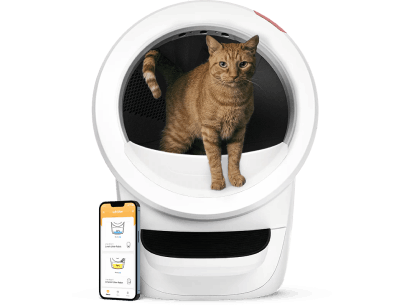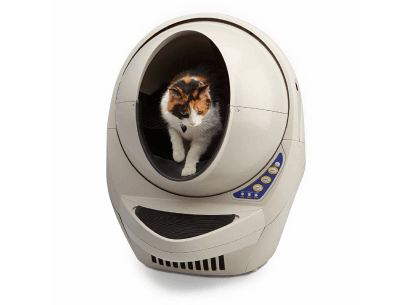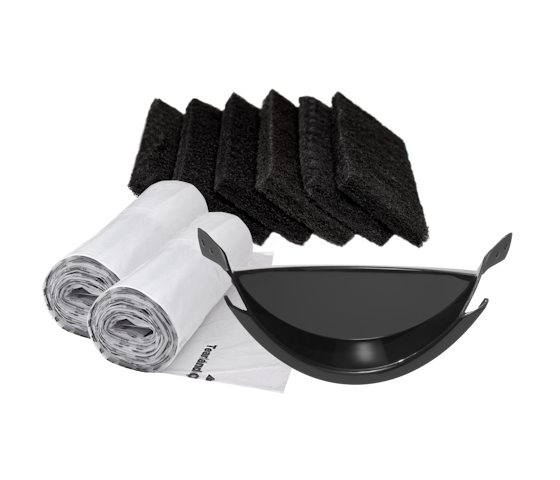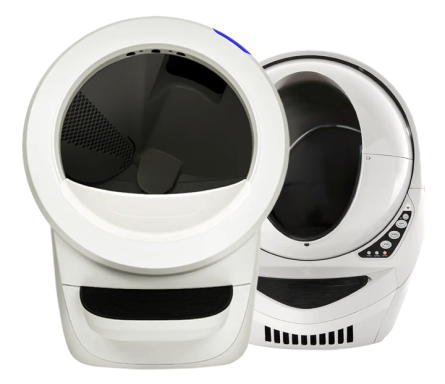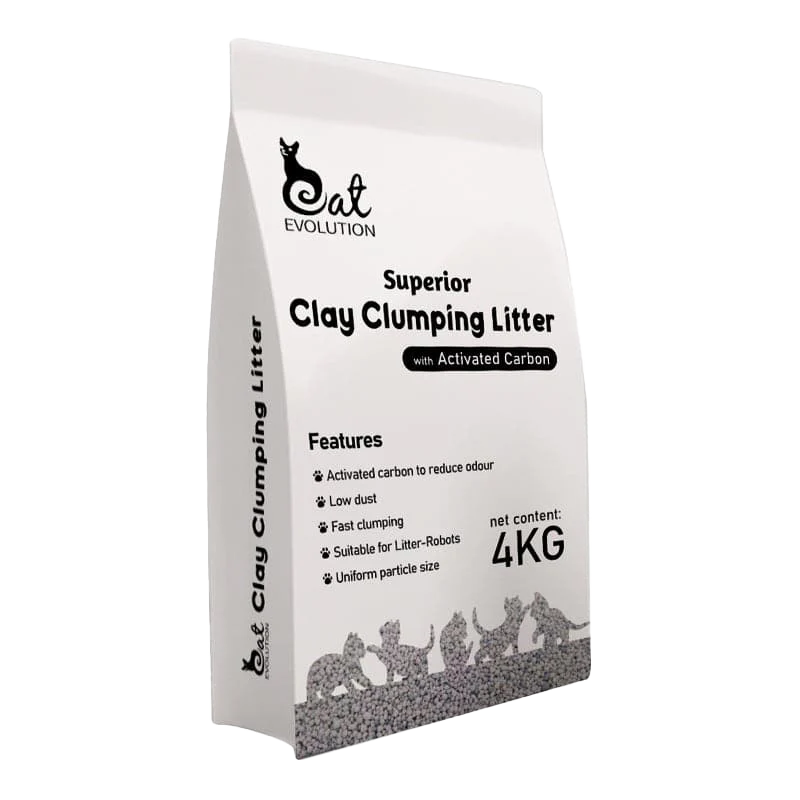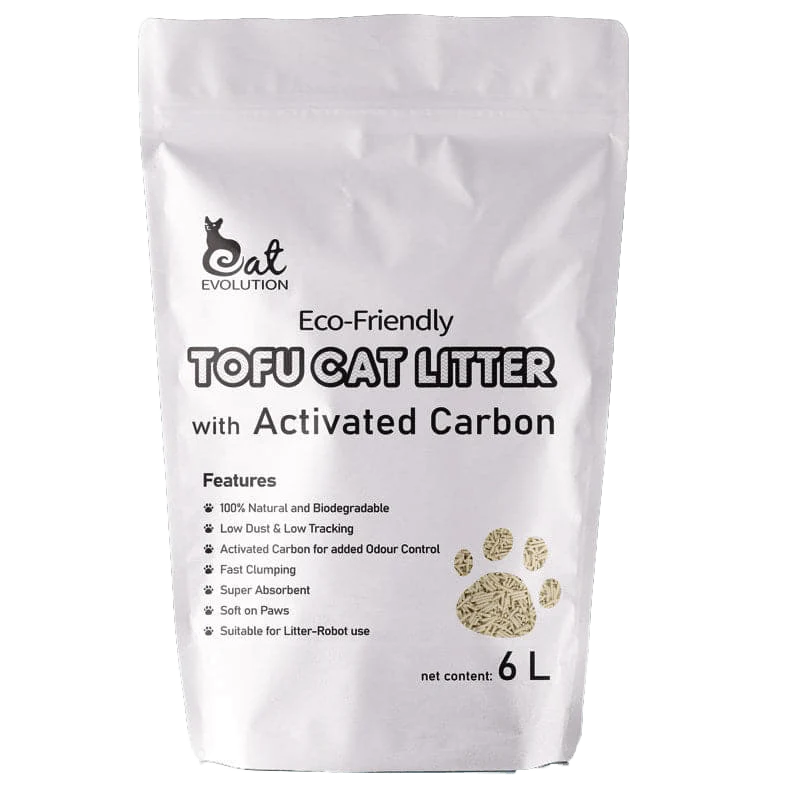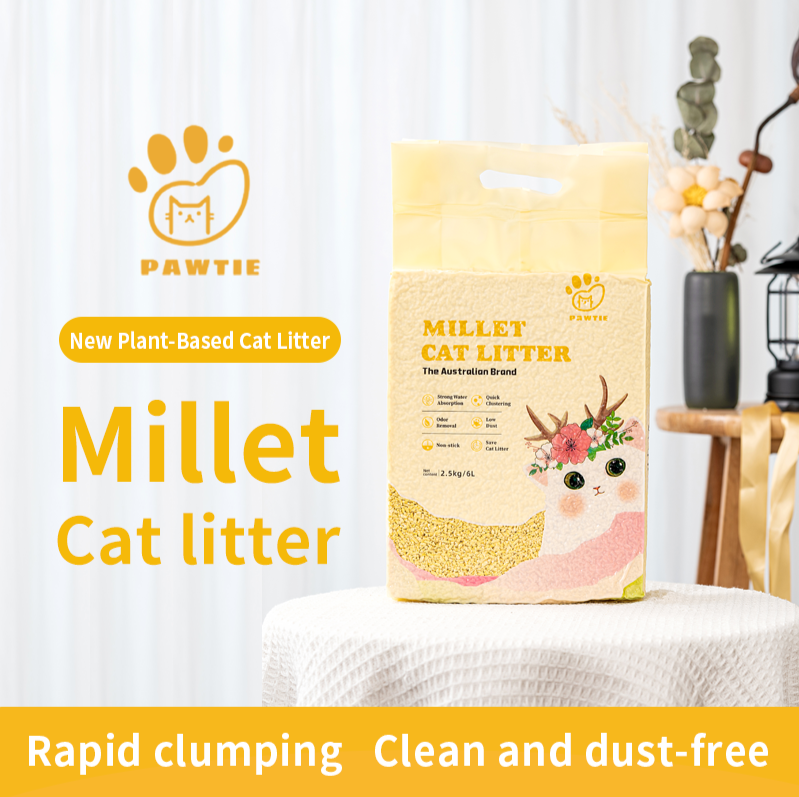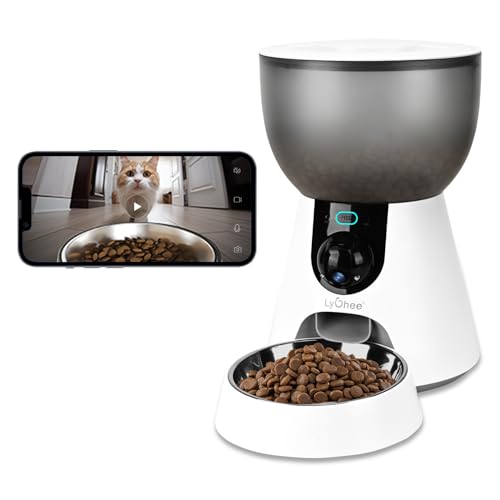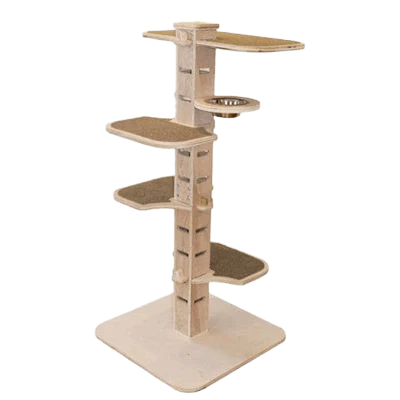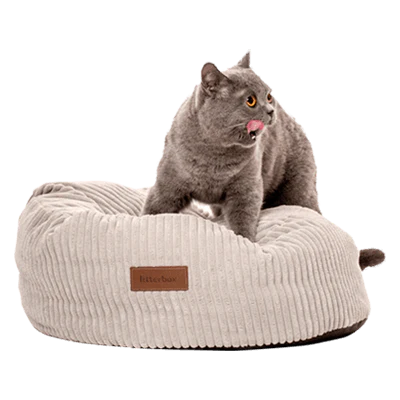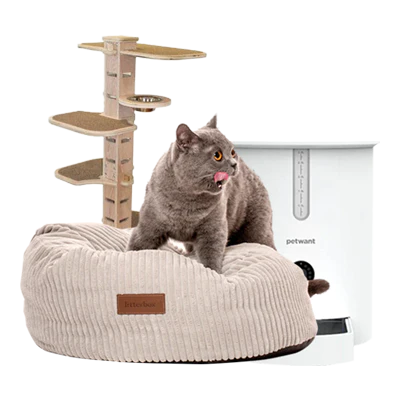Have you noticed that the globe liner of your Litter-Robot 4 is not dropping down when the globe is in the dump position (upside down)?
The likely culprit is moisture trapped between the globe liner and the globe shell, resulting in a suction-like effect. Environmental moisture, litter, how we clean the globe, our cleaning schedule, how full we allow the waste drawer to become, and how frequently we change the carbon filters can all contribute to this.
Excessive moisture may cause bacterial growth, which could spread throughout the under bonnet areas of the Litter-Robot if not attended to, so it's worthwhile reviewing your operational conditions and globe cleaning process.
Although you can hose your Litter-Robot globe, it is better not to get water inside between the liner and the shell to avoid issues with the liner not dropping down as intended because the area is not able to dry well.
LITTER
One of the easiest ways to improve operations for your amazing Litter-Robot 4 is to keep an eye on and review your litter. After all, YOU are in control of this consumable, but it does come with responsibility and a plethora of choice!
There is more apparent variation in litters since Covid19 supply disruption, so sometimes a tried-and-true litter can suddenly changed from one package to the next. Here are some constructive tips for choosing and reviewing your litter.
Key characteristics of a good clumping clay litter are;
- fast clumping (absorbing the urine before it reaches the liner surface),
- good solid clumps that don't disintegrate when dropped into the waste drawer,
- no pancaking and/or sticking ie large flat clumps that form on the globe liner and will not fit through the waste opening which are signs of urine travelling through rather than being absorbed,
- low dust,
- little to no odour as clumping should lock in the uric acid (pee smell),
- if possible added carbon or activated charcoal for additional odour help in Australian summer conditions, and
- the globe should be fairly clean after cycling with little smearing or sticking
CARBON FILTERS
Carbon filters play a significant role in trapping and neutralising odour, and also absorb some moisture.
You will find if using Superior Clay Clumping litter, you should not need to replace the filters as frequently. This will depend heavily on your nose, the number of cats, and their usage patterns.
The manufacturer recommends replacing the carbon filters in your Litter-Robot 4 every month. Carbon or activated charcoal additive in the litter may provide a longer period between changing the carbon filter.
It is noted that the manufacturer indicates that the carbon filter is not required for normal function. However, if you are not going to change the carbon filter as recommended, it best to remove the old filter so that it does not harbour moisture and promote bacterial growth.
PRO TIP: if you rotate the filters, placing the used filter in good sunlight for several hours, you may extend the life by reactivating the remaining carbon. Do a sniff test after sunlight, and if odour remains, the filter needs replacing.
Litter-Robot 4 - Carbon Filters

GLOBE LINER CLEANING
Here are some easy suggestions using domestic products to clean your Litter-Robot globe when needed.

TIP Time is your friend when restoring the condition of your globe liner. Allowing 20-30 minutes soaking and adequate drying time for this process will usually result in better cleaning of the globe liner.
IMPORTANT: Do not use harsh chemicals or apply an excess of water when cleaning your Litter-Robot 4. The globe liner is made from PVC, which can be damaged by the wrong cleaning products.
IN-GLOBE: Cleaning the globe liner in place is the easiest and fastest option. The following steps should help with 'in globe' without removing the globe liner.
- Empty the globe, scraping off caked on litter if necessary.
- Wash any remaining mud off with water, making sure to only wet the globe liner and inside of the globe, not the rear or outside.
- With the globe balanced upright (on the waste drawer, a plant pot or similar), pour in full-strength white vinegar, so that the area on the liner where the litter usually sits is covered with liquid.
- Let it sit for 20-30 minutes to help the vinegar soften and remove material.
- Scrub the surface as needed with a kitchen plate brush or nail brush (stiff plastic). The material should lift off easily. If not, repeat soaking and scrub. Using the addition of detergent can be helpful at this point.
- Empty, rinse with clean water, and place the globe face or opening down to drip dry.
- For any very caked area, use the flat edge ona plastic long handled plate brush, if you have similar style, to scrape of material.
- Essentially, the vinegar will work on the clay residue and help soften it, as well as work on the liner itself.
White vinegar is mild and a light anti-microbial, which helps with odour. Mixed 50/50 with dishwashing liquid is suitable for general cleaning, but for heavier soiled liner, it's best to use straight vinegar, then apply the cleaning mix and scrub.
REMOVING GLOBE LINER: you can also remove the globe liner which will allow for complete cleaning and drying of both sides of the globe liner if there is moisture or debris on the underside of the globe liner.
This manufacturer's step-by-step instructions for replacing the globe liner is a helpful guide to follow for removing the globe liner to clean.
The steps and products you use are the same as in-globe. The only difference is that you will have the globe liner out of the globe (pictures below for reference).
Globe liner prior to soaking

Debris visible on the underside of the globe liner

Corrosion/rust spots on the globe weight indicative of moisture

All clean and ready to reassemble

PRO TIP: using the Litter-Robot spray cleaner after wash and dry (as a light spritz coating on the globe liner left on to dry) can help with re-conditioning and is also a microbial treatment, for the longevity of your globe liner. https://catevolution.com.au/products/lr-spray-html

There are also wipes for convenience in-between deep cleaning. https://catevolution.com.au/products/lr-wipes-html

